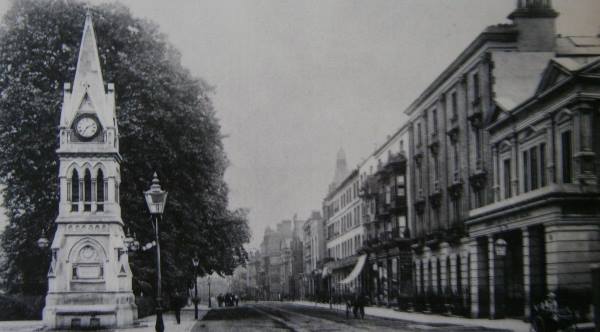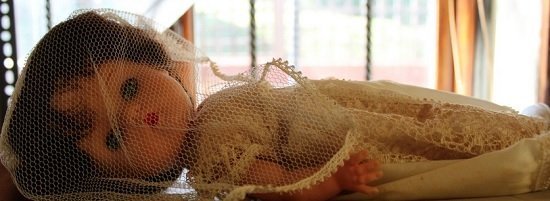Tower clocks are as yet a comparatively unexplored chapter of horological history, primarily because records are scarce. These clocks are found in church steeples and towers in public buildings.
Mechanical clocks were probably developed in the latter part of the 13th century by monks in Italy or central Europe to time the call to worship. In England, there is evidence that by 1283 a church clock was to be found at Dunstable Priory, Bedford. Thereafter, mention of church clocks occurs with greater frequency in English church records.
The earliest church clocks lacked hands; they indicated time by ringing bells at intervals. Small dials to indicate time on these clocks likely appeared in the first part of the 14th century. About 100 years later, readily visible dials were placed on the outsides of the towers. Early tower clocks had iron frames and gears, and were made and repaired by blacksmiths and gunsmiths.
As towns and settlements developed in the American colonies, town records make increasing mention of public or tower clocks; such clocks are mentioned as early as 1650. Unfortunately, we know little about these early clocks. However, it is probably safe to say that one of the first items a new township wanted was a public clock.
Such a clock was a considerable advantage over the noon day cannon or the ringing of a bell, and presumably, the erection of a tower, steeple, or public clock was regarded as a sign of respectability, solidarity, and permanence.
In the 17th century, the “golden age” of clock making in England, the pendulum with anchor or deadbeat escapement greatly improved the accuracy of clocks, thereby increasing their appeal.
In Massachusetts town records the following appears:
The 9th mo. 1690. At a General town meeting upon warning it was agreed that the Bells Capt. Crumwell gave the Towne should be by the Selectmen disposed of to the Best Advantage and the produce laid out for one…Clocke.
Clocks of this early period were sometimes elevated into the church belfry to make use of the church’s bells; perhaps the selectmen’s decision to use Captain Crumwell’s bells in a clock meant the town lacked a church.
By 1668 Boston had a town clock. On August 13, 1717, a committee of Boston selectmen approached Benjamin Bagnall, a noted clockmaker, about constructing a tower clock to be placed in the Old Meeting House. The clock remained there until 1839 when it was taken down and sold at auction.
Tower clocks were often very accurate time keepers; in April of 1770, a newspaper item stated that the clock Gawen Brown (owner of a large clock- making business in Boston from 1749 until his death in 1801) had installed in the Old South Church on Marlboro Street about 1769, had lost but two minutes since the beginning of the new year.
In 1704 a tower clock was set up the steeple of the New House in Ipswich, MA. There were clocks in Newbury- port, MA as early as 1734, and Benjamin Franklin examined one of them after it had been struck by lightning in 1754.
In Guildford, CT, Ebenezer Parma- lee made a wooden movement for a tower clock in 1726; these movements are now in the Guildford Historical Society. In 1842, Edward Howard founded a business to maintain and repair tower clocks; his business thrived for a century.
Philadelphia, Baltimore, and Charleston all possessed early tower clocks, although exact information about these clocks is hard to locate. Many famous clockmakers made tower clocks including Simon Willard, Eli and Samuel Terry, and Seth Thomas.
References: The History of Clocks and Watches by Kenneth F. Welch. Drake Publishers, Inc., New York. 1972. The Quest of Clocks by Kenneth Ullyett. Hamlyn Publishing Croup Ltd. 1968. Collectors’ Guide to Antique American Clocks by Marvin Schwartz. Doubleday & Company, Inc. 1975. Two Hundred Years of American Clocks and Watches by Chris Bailey. Prentice-Hall. 1975.






